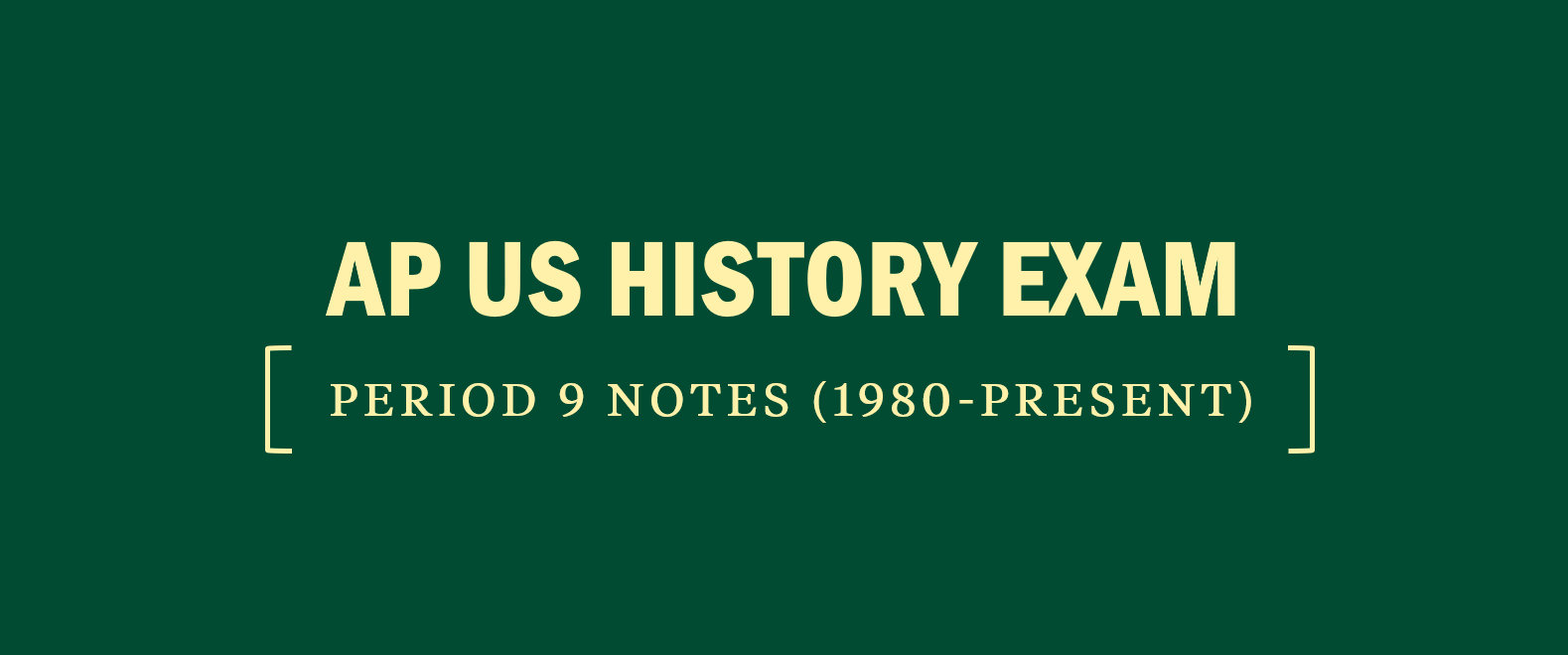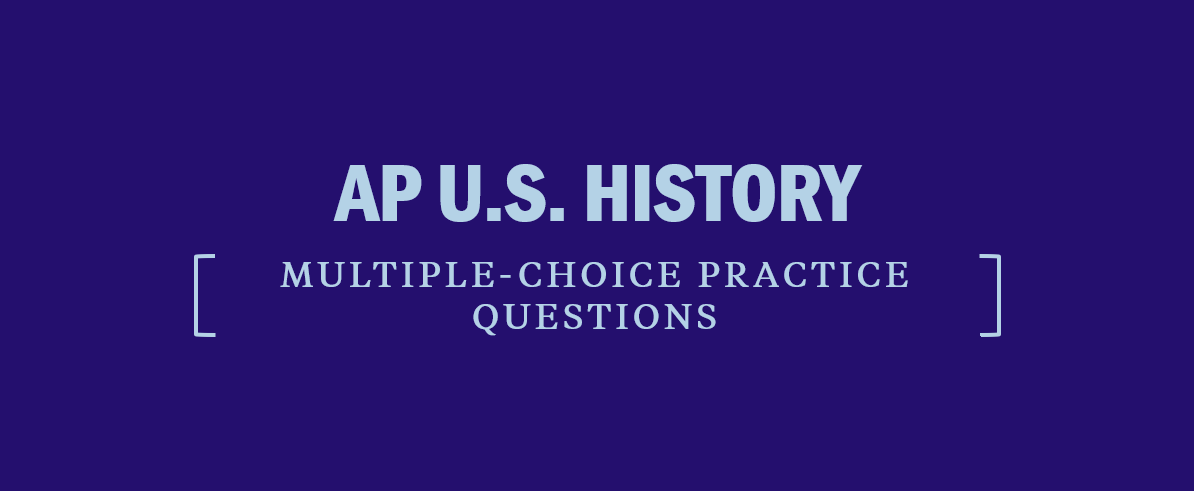AP US History Exam: Period 1 Notes (1491-1607)
5 Things to Know about AP US History Period 1
- Before the Europeans arrived in the Americas, there were many American Indian tribes scattered across North and South America. These tribes had complex societies with unique religious, political, and cultural beliefs.
- European countries sought to conquer the New World in order to gain wealth and military status, and to spread the ideas of Christianity. European exploration often resulted in negative consequences for native populations, such as widespread epidemics and forced labor systems like the Spanish encomienda system.
- Relationships between the Europeans and American Indians were often fraught with misunderstandings and conflict regarding not only land and resources but also differing cultural beliefs.
- The Columbian Exchange resulted in tremendous social, cultural, and political change for both the Europeans and the American Indians. New food crops and new sources of mineral wealth brought about extensive demographic, economic, and social change in Europe. The introduction of new food crops and animals also impacted the Americas.
- As native populations dwindled, Europeans turned to Africa as a new source of forced labor, giving rise to the early plantation system and widespread system of slavery in the Americas.
Key Topics–Period 1: 1491-1607
Remember that the AP US History exam tests you on the depth of your knowledge, not just your ability to recall facts. While we have provided brief definitions here, you will need to know these terms in even more depth for the AP US History exam, including how terms connect to broader historical themes and understandings.
Native Populations Before European Arrival
- Three Sisters: Three staple crops (corn, beans, and squash) favored by many native tribes in North America. Their collective name references their interdependence: the cornstalks provided a structure for the beans to grow up, and the squash held moisture in the soil for all three.
- Great League of Peace: Also called the Haudenosaunee. A political confederation of five (later six) Iroquois tribes, which sought to coordinate collective action. Each tribe maintained its own political system and religious beliefs. Believed to have formed around 1450.
The Columbian Exchange
- Christopher Columbus: Italian explorer and colonizer. While attempting to prove a westward sea route for East Asian trade existed, he stumbled across the Bahamas in October 1492. The first European to visit the islands of Hispaniola and Cuba.
- Amerigo Vespucci: Italian explorer and cartographer. His 1499–1502 trip along the South American coast determined that the New World was a distinct continent from Asia.
- Columbian Exchange: The transmission and interchange of plants, animals, diseases, cultures, human populations (including slaves), and technologies between the New World and the Old World. Greatly benefited Europe and Asia while simultaneously bringing catastrophe to American Indian populations and cultures.






